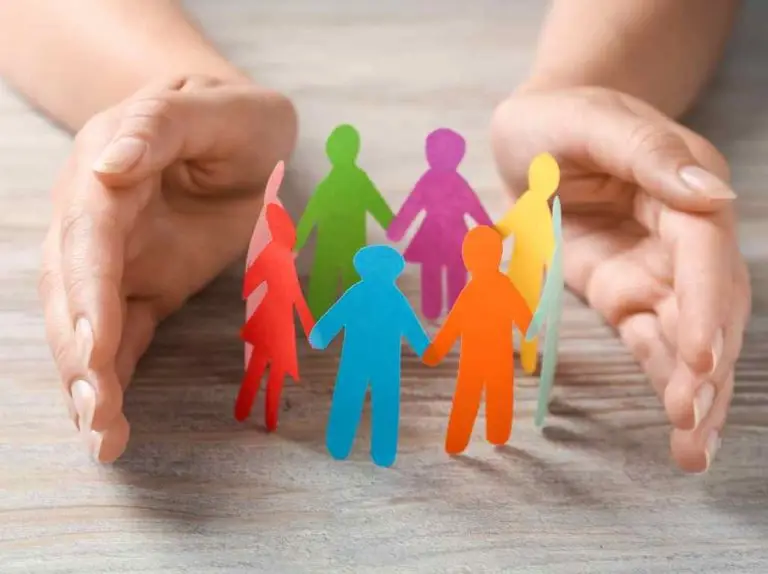LGBTQ Addiction Treatment Challenges: What To Know
LGBTQ addiction treatment challenges make it difficult to get the right kind of help. Would you believe me if I said a rainbow could form in the middle of a storm? It’s true. In the stormy seas of addiction recovery, the rainbow is a symbol for the LGBTQ+ community. Their journey through addiction treatment, much like a storm, often offers unique challenges. However, with centers for LGBTQ+ inclusivity in addiction treatment, a rainbow of hope emerges, promising a path to recovery that is respectful, compassionate, and affirming.
According to studies, substance abuse rates are nearly two times higher among LGBTQ+ individuals as compared to the general population. Additionally, it is estimated that 30 percent of LGBTQ+ individuals suffer from some form of addiction. However, despite these alarming statistics, there are very few mental health providers and programs that offer specialized services for this group.
Barriers to Treatment
LGBTQ+ people have difficulties accessing help when it comes to substance abuse treatment.
- Healthcare providers who do not understand or possess cultural competence about them
- Being discriminated against or mistreated during therapy
- No inclusive LGBTQ+ treatment center around
- Biases against both drug dependency and being an LGBTQ member
These hardships make it even harder for already marginalized people to seek assistance for their addictions; therefore, many may not get the help they need and deserve.
The Rainbow: Benefits of LGBTQ+ Inclusivity in Addiction Treatment
Rainbows signify hope, diversity as well as inclusiveness. In terms of addiction treatment, research has shown that LGBTQ+ inclusion produces several advantages, including:
- A higher likelihood of seeking and staying in care
- Better mental health outcomes
- Increased satisfaction with treatment overall
- A stronger sense of safety and trust in the treatment environment
By implementing policies and practices that are LGBTQ+ inclusive, addiction treatment facilities can create more welcoming environments for all sexual orientations and gender identities.
Best Practices for LGBTQ+ Inclusive Treatment
What is meant by LGBTQ+ inclusive treatment?
The following are some tips to follow so that treatment centers become more inclusive and supportive toward their clients who are members of this group:
LGBTQ Addiction Treatment Challenges: Gender-Affirming Policies
Treatment centers need to have clear policies in place that preserve the rights of transgender or non-binary clients, such as access to restrooms or living spaces based on their self-identified gender.
Inclusive Language
Treatment centers must use inclusive language in all forms of communication, including intake paperwork and group therapy sessions.
This means utilizing gender-neutral pronouns without making assumptions about a person’s orientation or identity.
Support Groups
Support groups specifically designed for LGBTQ+ individuals can provide them with a secure space where they can talk about their experiences with others who may come from similar backgrounds and face comparable challenges.
Trauma-Informed Care
Since a lot of LGBTQ+ individuals have experienced trauma concerning their sexual orientation or gender identity, treatment centers should be prepared to offer trauma-informed care that takes into account these unique experiences.
Affirming Environment
Treatment centers can establish an affirming environment by using inclusive signage and artwork and providing LGBTQ+-specific resources and information.
Staff Diversity
Having diverse staff with different orientations and identities may make clients in this community feel more at home during their treatment.
Continued Education
It is essential for the center’s personnel to continually educate themselves about issues concerning substance abuse and LGBTQ+ to provide better services. This includes attending seminars and workshops and keeping up-to-date on current research and literature.
Advocacy
Also, treatment facilities could advocate for LGBTQ+ people by creating awareness among the larger society towards acceptance while engaging in policies that promote equality and inclusivity.
Ongoing Support
It is also crucial for treatment centers to provide ongoing assistance even after the completion of the program for LGBTQ+ clients recovery is never-ending. This may entail connecting them with local support groups and resources and periodic post-treatment check-ins to ensure continued success.
Painting the Sky: Making Addiction Treatment Centers More Inclusive
Inclusivity in addiction treatment goes beyond a slogan; it is an acknowledgment and response to the unique needs of the LGBTQ+ community. It’s about creating an environment where everyone, regardless of their sexual orientation or gender identity, can access the help they need without fear of judgment or discrimination.
At SOBA NJ, we are proud that we are self-sufficient and inclusive. Some of the treatments we offer include:
- Dual diagnosis
- Family therapy
- Adventure therapy
- Nutrition and wellness therapy
- Alumni programs
- Telehealth
Be the Change: SOBA NJ is an LGBTQ+ Inclusive Rehab Facility
The storm of addiction doesn’t discriminate, and neither should recovery. SOBA NJ supports LGBTQ+ inclusivity in addiction treatment. If you or someone you know is struggling with addiction, don’t hesitate to reach out. Contact us at our drug rehab in New Jersey. Together we can overcome the storm and see light through the rainbow!
More Articles About Addiction Treatment
How To Find The Right Treatment For Dual Diagnosis
Understanding Addiction Treatment Options
Does Medicaid Cover Addiction Treatment
Overcoming Shame And Anger In Addiction Treatment





















